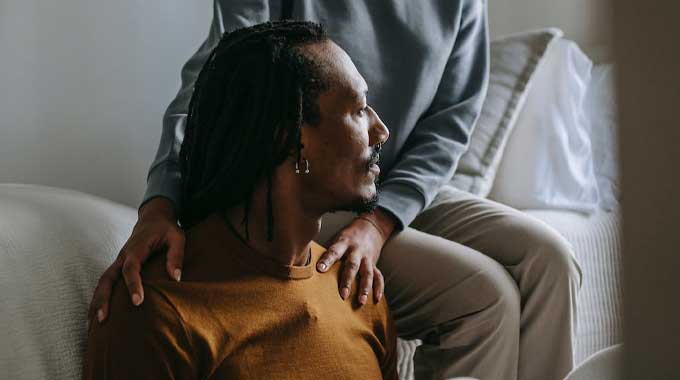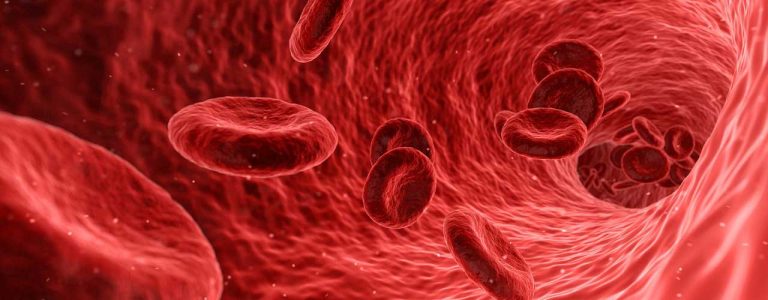You may be taking oxycodone legally to relieve pain and wonder when your body will be clean of the drug. You may be using oxycodone illegally and worry that your oxycodone use will show up in a drug test at work. Whatever the situation, this article will tell you the ins and outs of oxycodone use, addiction, drug tests, and treatment.
Find help: Orange County Rehabs
What Is Oxycodone?
Oxycodone is a semi-synthetic opioid drug. This means that it is, in part, man-made. It derives from thebaine, which is a naturally occurring alkaloid found in the opium poppy plant. The active ingredient in opioid drugs, such as oxycodone, binds to opioid receptors to create its effects on the body.
It is a central nervous system depressant, much like other prescription opioids, meaning that it has a sedative or tranquilizing effect on the body. This is why doctors may prescribe oxycodone to treat severe pain relief. Other effects of oxycodone include:
- Reduced anxiety
- Drowsiness or tiredness
- Feeling nauseous or vomiting
- Breathing problems – such as respiratory depression
- Constipation or diarrhea
- Dry mouth
The Drug Enforcement Agency (DEA) considers oxycodone to be a Schedule II drug, meaning that it can be used medicinally. However, it is illegal for an individual to obtain the drug outside of pharmaceutical use.
Oxycodone Addiction
Oxycodone can be very addictive. It is extremely important for someone who is taking oxycodone for chronic pain to stick to the prescribed dose. Someone using the drug in a legal manner may find that they develop a physical dependence on the drug. This means that when an individual stops taking the drug, they can experience negative effects that make them want to continue taking oxycodone. This can lead to an oxycodone addiction.
Unfortunately, sometimes when someone takes prescribed oxycodone as pain medication in a legal manner, they may choose to obtain the drug via illicit means. If a doctor is unaware of your dependence on oxycodone, it is important that you make them aware, so that they can taper you off of the drug safely. They will do this by lowering your dose slowly until you are no longer dependent on the drug.
This goes for any other drug also. If you feel that you may have an addiction, it is important to seek professional medical advice. The effects that you experience when not taking the drug when experiencing a physical dependence are known as withdrawal symptoms.
Oxycodone Withdrawal Symptoms
If you have developed a physical dependence on oxycodone, you may experience withdrawal symptoms. According to the National Library of Medicine, these symptoms can be both physical and emotional and can include:
- Depressed mood
- Lacrimation (secretion of tears)
- Rhinorrhea (runny nose)
- Dilated pupils
- Diarrhea
- Nausea and vomiting
- Insomnia
- Excessive sweating
It is very important if you are experiencing any of these symptoms after quitting oxycodone, that you seek medical advice. Withdrawal from opioids can be dangerous, so it is important that a doctor is able to examine your symptoms.
Oxycodone Drug Tests
Many employers hire employees under the condition that they don’t work under the influence of illicit drugs. Therefore, many jobs require their employees to undergo regular drug screening to ensure that they are not using drugs. This is because some drugs, such as oxycodone, can impair an employee’s ability to do a job that requires a level of responsibility.
How Long Does Oxycodone Stay In Your System?
The length that oxycodone stays in your body depends on many different things, so it is not easy to give an exact answer. However, you can start to estimate how long it will take, knowing some key information.
Firstly, the amount of oxycodone that you take will affect the amount of time that the drug is in your system.
Secondly, your body weight, size, and amount of fatty tissues in your body will also affect how long oxycodone will be in your system.
Other factors that will also affect how long oxycodone stays in your system include factors such as:
- Liver health and kidney health – If you already have poor liver function and kidney function, you can expect oxycodone to be in your system for longer
- Age
- How often you use oxycodone and how heavily you use it
- The amount of water that is in your body
The amount of time that it takes for a body to eliminate a drug is measured in half-lives.
The Half-Life of Oxycodone
Most forms of oxycodone, or Oxycontin, have a half-life of 3.2 hours. A half-life is the amount of time that a drug takes to half its original dose in the body. This means that, generally, it takes the average person just over three hours to eliminate half the drug. Since it takes more than one half-life to fully clear any drug, oxycodone’s half-life means that people can typically expect their body to clear oxycodone from the blood within twenty-four hours.
However, this is not the only way that drug testers can detect oxycodone. The single biggest factor that dictates how long oxycodone will stay in your system is the type of drug testing methods that a tester may use to detect the drug.
Blood Test: How Long Does Oxycodone Remain in Your Blood?
These tests involve drawing blood from an individual. Because the blood carries oxycodone, blood tests attempt to detect blood plasma concentrations of oxycodone. As mentioned earlier, blood tests will not often detect blood concentrations of oxycodone twenty-four hours after the last dose.
Saliva Test: How Long Does Oxycodone Remain in Your Saliva?
Saliva tests involve taking a sample of someone’s saliva and testing it for traces of oxycodone. It is generally expected that an individual cannot test positive for oxycodone through saliva tests for one to four days after someone takes oxycodone.
Urine Test: How Long Does Oxycodone Remain in Your Urine?
Urine tests are another form of drug test, in which tests can detect oxycodone through a urine sample. Drug screenings involving urine can detect oxycodone anywhere between three and four days after your last dose.
Hair Follicle Test: How Long Does Oxycodone Remain in Your Hair?
Hair follicle tests are another fairly common form of drug test. These hair tests can detect oxycodone for up to ninety days after taking oxycodone. This is the longest period of time through which someone can detect a dose of oxycodone. There is clearly a lot to consider when trying to determine how long oxycodone takes to clear your system.
If you worry about your own, or someone else’s substance use, involving oxycodone or any other drugs, then do not worry. There is treatment available. Scroll down to find out more.
Oxycodone Addiction Treatment
There are various addiction treatments available for drug abuse of any kind. They can be either medicinal, therapeutic, or both at the same time. Effective treatment depends on what you need as an individual. Treatment centers also offer either inpatient or outpatient programs, meaning that whatever you need as an individual, effective help is available.
Medicinal Treatment
In order to help you end your drug use, a certified addiction professional might offer medications to help your detox. These medications are usually used in the withdrawal process to ensure that you don’t experience any dangerous or unwanted withdrawal symptoms while coming off of a drug. This is most often used in conjunction with some sort of behavioral therapy to create long-lasting recovery.
Behavioral Therapy
In almost all cases, a certified medical professional will advise behavioral therapy. This is because addiction is a disease, and co-occurring behavioral health conditions are most likely a contributing factor as to why someone’s substance use continues.
Medical professionals will often use behavioral therapies such as:
- Cognitive-Behavioral therapy (CBT)
- Contingency management
- Group therapy sessions
A mental health disorder can reinforce the cycle of addiction. This is why licensed medical professionals will take whatever you need as an individual into account when administering therapies.
Getting Treatment
At Cornerstone, our treatment facilities network offers exclusively inpatient treatment, making sure that you take the time you need to get the treatment you deserve. Our programs, which are based in New York, can provide either a scenic setting for you to completely separate yourself from the cycle of addiction or they can provide a location that is closer to the city, so you don’t feel too far away from home.
Our caring and compassionate staff are here to assist you in your detox and rehabilitation program twenty-four hours a day, so you can rest assured that you are receiving the best care available. If you are ready to begin your journey to wellness and leave your days of addiction in the past, then reach out to us today.
Call us at (800)-233-9999 or contact us here, and embark on your long-lasting recovery journey.






